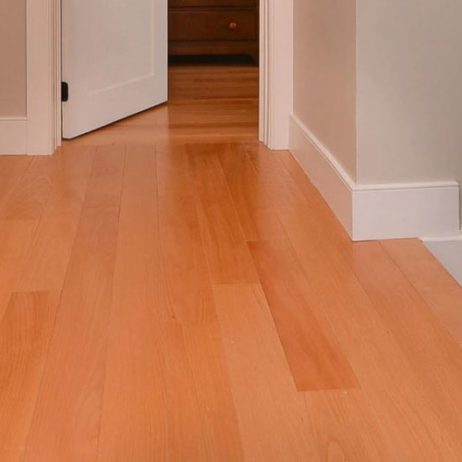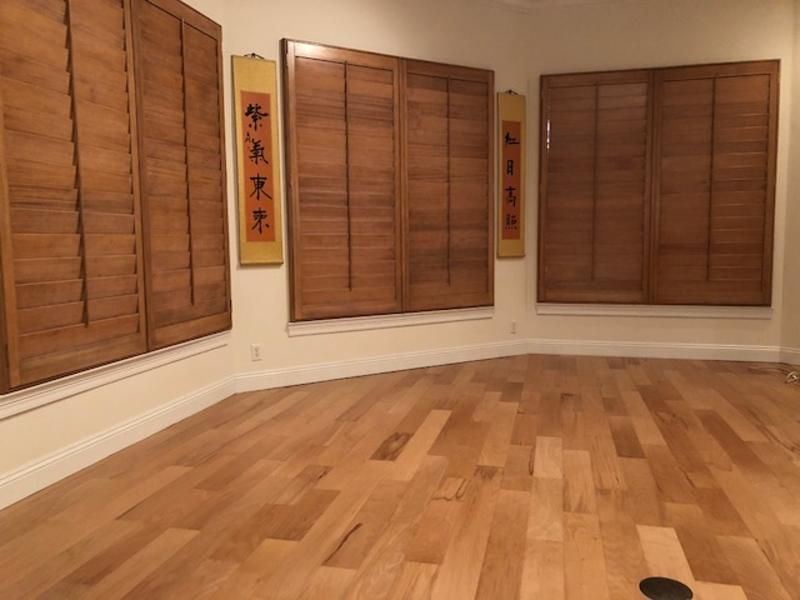
Different types of beech wood can be found in Asia, Europe and North America. The American beech is the only native species in North America. The rash usually grows in the eastern United States and in the eastern provinces of Canada. The largest beech wood producers are located in the middle and Central Atlantic. The beech grows to about 120 feet high and can cover an area of 50 to 70 feet. The largest species of this tree grow in Ohio and along the villages Mississippi River. They can live there for 300 to 400 years. The outer layers of the beech are white, but the inner layers are reddish brown. The texture of beech is usually fine, smooth and even.
The beech tree has a literary background. People in ancient Asia were the first to discover the language of writing. They engraved their words into the soft, pliable bark of a beech. Later, instead of writing on a tree trunk, they invented a book for writing and called it bok. Although beech is now used in the floor covering industry, it has had other uses in the past. In the past, beech was used to make mincers, mortars, spice tins, toys, baskets, railway tracks, plywood and brush handles. Beech wood was also suitable for the storage of food, as it prevents the transfer of odors and flavors from its contents.

One way to determine the durability of a hardwood floor is the Janka scale. The Janka scale assigns a number to a particular wood species, indicating its hardness or softness. The lowest value in this range is zero, which indicates that the wood is too soft for a floor. The upper limit of the scale is four thousand, indicating that the wood is very hard and ideal for floors. The number of beech woods is 1300 and it is slightly harder than red oak. According to this number beech is suitable for floors in areas with moderate traffic.
The durability of the beech wood flooring makes it compatible with any environment. As with most wooden floors, it is recommended not to use this product in wet or damp rooms such as the bathroom. If you are looking for a naturally colored floor, choose beech as it is difficult to paint. The uniform color and texture of beech is ideal for people who do not want the role between the outer and inner layers of wood to be too visible, or for lovers of veneer designs that are not very impressive.
If you want to work beech wood with hand tools, you have an extremely difficult process ahead of you, which is why beech was not used as a floor covering in the past. With today’s machines, however, it is easier. Beech wood should be dried well and carefully, as it gets very wet. When it is dry, it becomes strong, heavy and hard. Beech is shock-resistant and reacts well to steam bending. Finally, the product is well coated and treated with protective agents, but the wood is relatively difficult to varnish. Both the glue and nail type of this flooring are good. The special resistance of beech to erosion has made this wood a different choice for hardwood floors.
Although a beech wood floor is relatively hard and durable, it is still a wooden product and can be damaged. To preserve the natural beauty of the floor, a number of preventive measures and routine maintenance are required. These precautions should be followed in high traffic areas such as entrances and corridor:

Beech is called the “mother of forest” because it provides nutritious litter for the forest floor. The nutty fruits of this tree are the food for various animals such as birds, mice, otters, black bears, deer and foxes. The main threat to the American beech; it is a combination of insects and fungi. The insects attack the rash and injure it. This damage leads to the growth of the fungus. Some of these fungi cause the sudden death of the tree. Currently, the only cost-effective way to prevent the fungus from spreading is to cut down the diseased tree and surrounding trees. Insecticides can be used to protect ornamental and valuable trees from insects.